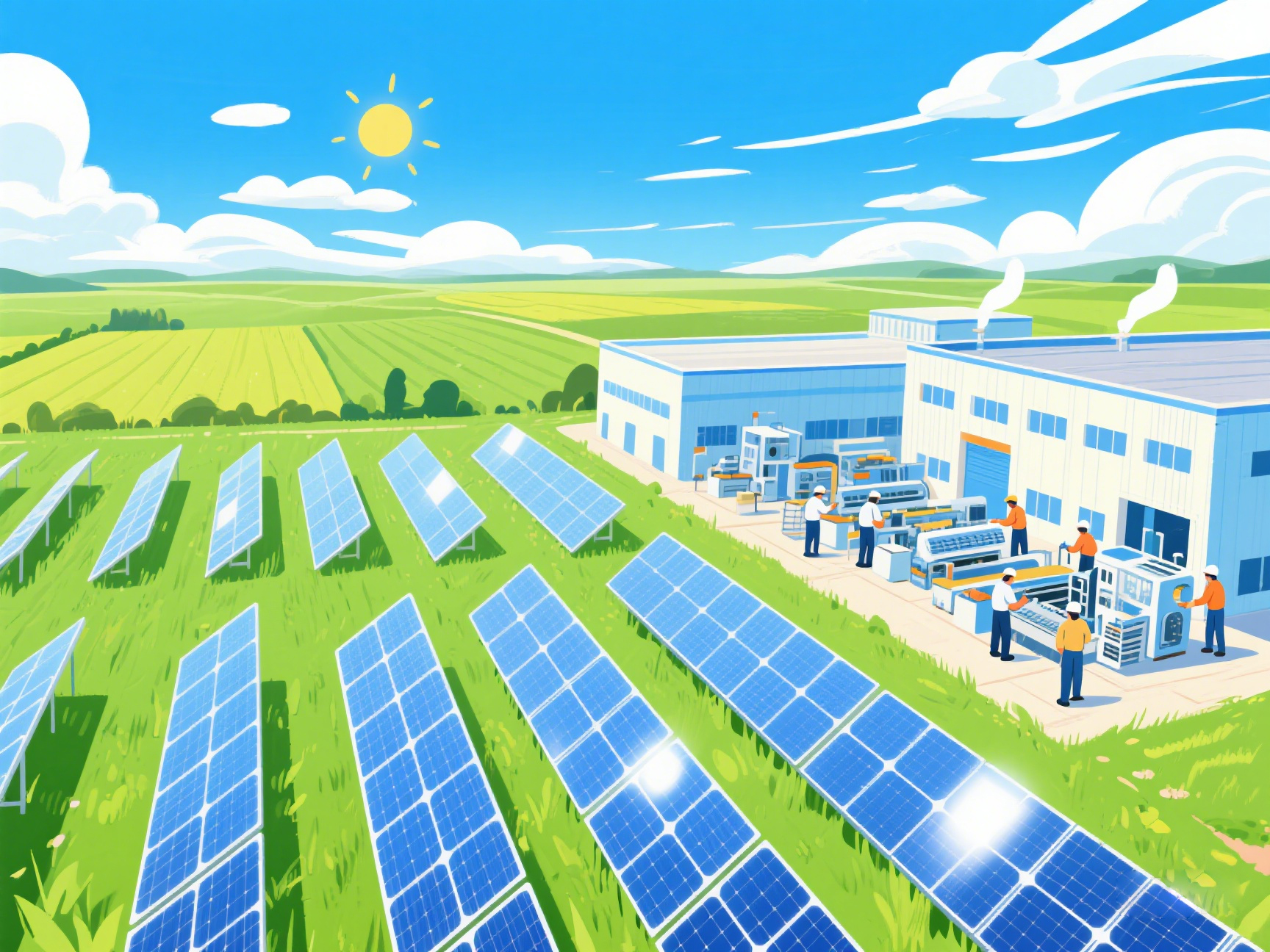
Contact us
Guangzhou Lanrui Electronics Co., Ltd
Huadu District, Guangzhou City, three East Avenue, Phoenix industrial area, will Industrial Park on the first floor
Phone: 020-86780350
The rise of the photovoltaic industry is a microcosm of human energy transformation, and its development process can be summarized as three key nodes, linking the global consensus from "energy security" to "climate security".
The first oil crisis broke out in 1973, with crude oil prices skyrocketing by 300%. The fragility of traditional energy systems forced the world to seek alternative solutions. The United States was the first to commercialize monocrystalline silicon cell technology in the aerospace field. In 1975, the first commercial photovoltaic module was introduced, which, despite having an efficiency of only 12% and a cost of up to $60 per watt, marked the transition of photovoltaics from "space energy" to the ground. Governments around the world have begun to establish special funds, such as the US Department of Energy's solar energy program, to lay the foundation for technology research and development.
2、 Policy driven commercialization breakthrough (2000-2010s)
At the beginning of the 21st century, climate change became a global issue. In 2000, Germany introduced the Renewable Energy Act, which opened the "golden decade" of photovoltaics with a fixed grid price (0.45 euros/kWh). In 2007, the global installed capacity exceeded 10GW, and China rose to become a major component production country with its manufacturing advantages. The cost dropped from $40/watt in 2000 to $2/watt in 2010. At this stage, photovoltaics have shifted from relying on policy subsidies to reducing costs on a large scale, laying the groundwork for achieving grid parity.
3、 Carbon neutrality goal ignites energy revolution (2020 present)
In 2015, the Paris Agreement established temperature control targets, and in 2020, China's "dual carbon" targets were introduced, ushering in a historic opportunity for photovoltaics. Technological iteration has led to an efficiency breakthrough of 26%, and by 2023, the global cost of electricity will be reduced to $0.05 per kilowatt hour, which is lower than coal-fired power generation for the first time. With the advancement of energy storage technology (the cost of lithium batteries has decreased by 90% in ten years), photovoltaics have been upgraded from a "supplementary energy" to a "main energy": by 2023, the global installed capacity will reach 350GW, equivalent to adding 180 standard football fields of photovoltaic power plants every day. The International Energy Agency predicts that by 2050, photovoltaics will contribute 30% of global electricity and become a core pillar of carbon neutrality.
The three leaps of the photovoltaic industry, from being a "spare tire" in response to the oil crisis to being a "protagonist" in leading carbon neutrality, are not only a victory in technological innovation, but also an active choice by humanity for the path of sustainable development. This process is not yet over - when photovoltaics are deeply integrated with buildings, transportation, and agriculture, a more thorough energy revolution is coming.
Create an SEO optimized article about the photovoltaic industry
Provide specific data on the historical milestones of the rise of the photovoltaic industry

Address:Huadu District, Guangzhou City, three East Avenue, Phoenix industrial area, will Industrial Park on the first floor
Tel:020-86780350 Fax: 020-86780350 E-mail:1074704199@qq.com Copyright © Guangzhou Lanrui Electronics Co., Ltd Guangzhou Bluex Electronics Co., Ltd122355555